By: Jessie Moss, MA CCC/SLP
Augmentative and Alternative Communication (AAC) technology has grown tremendously over the past several decades, but it tends to be overlooked as an option when working with individuals in the geriatric population with communication limitations. It is my goal to increase awareness of how this mode of communication can enhance the communicative abilities, independence, and overall quality of life for some of our patients. When a person cannot use speech to communicate effectively in all situations, there are options.
AAC is an umbrella term that encompasses the communication methods used to supplement or replace speech or writing for those with impairments in the production or comprehension of spoken or written language. Manual sign language is one of the earliest forms of AAC, but owing to rapid developments in technology, interactive devices are available that greatly enhance the user’s ability to clearly communicate whereas they were unable to before.
Today, there is a variety of AAC devices ranging from the very basic to sophisticated. Basic AAC devices are ones with static screens. The user can access a button or cell that is programed to relay a message. The screen does not change and the specific button/cell speaks the same message each time. Higher-tech devices can be modified and the options seem endless. These devices are dynamic and used to create interactions in a conversational style. Stephen Hawking, a renowned physicist with Motor Neurone Disease, is arguably one of the most famous users of high-tech, device-assisted AAC. Over the years, Hawking has retained his original synthesizer voice, saying that he prefers it because it has come to identify him. Today, users of AAC devices can choose from a number of voices with a range of accents.
Here is a great video that gives an overview of AAC devices:
Some AAC devices allow the user to type a message and the device will speak it. The majority of dynamic devices have touch screens with a specific number of cells that can range in number and size depending on user’s ability. When these cells are activated, it may speak a message or change to another screen with more cells and options to select. For example, a patient with visual impairments may have six large cells on the main page, with one cell labeled My Needs. Once selected, the cell reveals another page with six large cells labeled food, medical needs, clothing, hygiene, etc. Each of those cells could then reveal even more granular options for the user to relay.
Dynamic AAC devices offer a variety of methods for selecting communication cells based on the user’s ability. For example, if the user’s motor coordination for touch selection is not accurate there are many accessories to assist like a joy stick to scan and select a button. There are AAC devices out there with the capability to read the user’s eye movement and make a selection based on blinking patterns or the eye looking at a specific cell. Breathing and minute muscle movement can also be used to activate AAC devices.
I encourage all of us therapists to adhere to the old adage of not judging a book by its cover. We shouldn’t write someone off because we think someone lacks the abilities to use an AAC device. I have had great success teaching patients who are unable to consistently answer yes/no questions to use one of these devices with an eye gaze accessory to navigate through 2 to 3 pages to make requests. After implementing AAC devices with different patients I have observed increased spoken communication, increased initiation of communication, and decreased overall frustration.
This article is just an introduction to the idea of bringing AAC to our population and it may have created more questions than answers. I am available to help in any way that I can. Please contact me with any questions or comments. My email is jamoss2@infinityrehab.com.
_________________________________________________________________________________
Jessie Moss, MA CCC/SLP, is a therapist at Good Samaritan – Spokane Valley.





